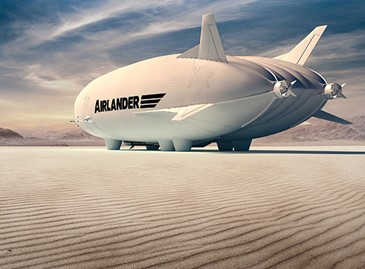By Tom Grundy
This article was originally shared on LinkedIn Pulse, you can join the conversation over on LinkedIn here.
Having spent my working life developing aircraft, I believe in the power of flight to connect people and provide benefits unthought of a few short generations ago. I’m proud of being part of a profession that enables people to take the efficiency, safety and sheer availability of modern aviation for granted. Its benefits are engrained in our daily lives.
The effect of Covid-19 on the aviation industry
The Covid-19 pandemic has shown us a glimpse of life without these benefits, but our quieter, cleaner skies have also added to the pressure on the aviation industry to reduce emissions. A recent European YouGov survey, commissioned by Transport & Environment and the European Public Health Alliance, found that 64% of people said they do not want to go back to pre-Covid pollution levels.
Countries worldwide are committing to legislation or policy goals to achieve net-zero carbon emissions by 2050. The UK aviation industry has already committed to a road map to net-zero by 2050, which includes the use of carbon offsetting, changes to the way our airspace is managed to make flights more efficient, the use of sustainable aviation fuels as well as the development of new technology. The fact that this roadmap doesn’t anticipate simple like-for-like replacement of jet aircraft by electric aircraft has led some to think that maybe the only thing that we can do for our environment is stop flying altogether.
New ways of thinking about carbon reduction in aviation
It’s true that there are enormous challenges in moving to electric aviation. Modern airliners have become extremely efficient since they first appeared in our skies, thanks to the cumulative effect of thousands of engineered improvements in structures, aerodynamics and propulsion systems, and aviation fuel is packed with energy. As Airbus CTO Grazia Vittadini pointed out recently, even batteries 30 times better than today’s best would only be enough to power a modern short-haul airliner to 1/5 of its current range with half its current payload.


